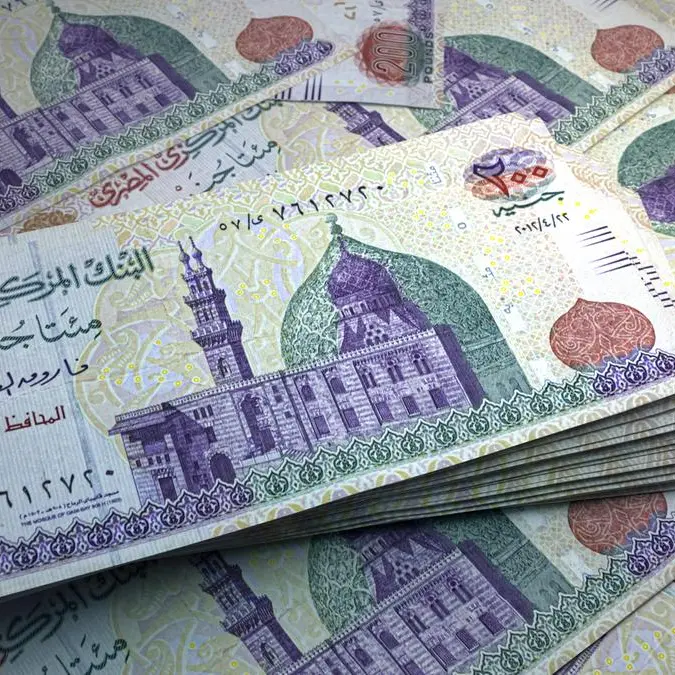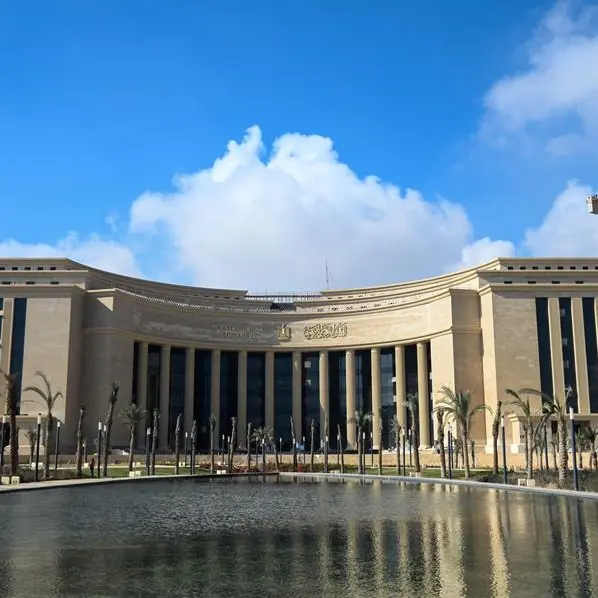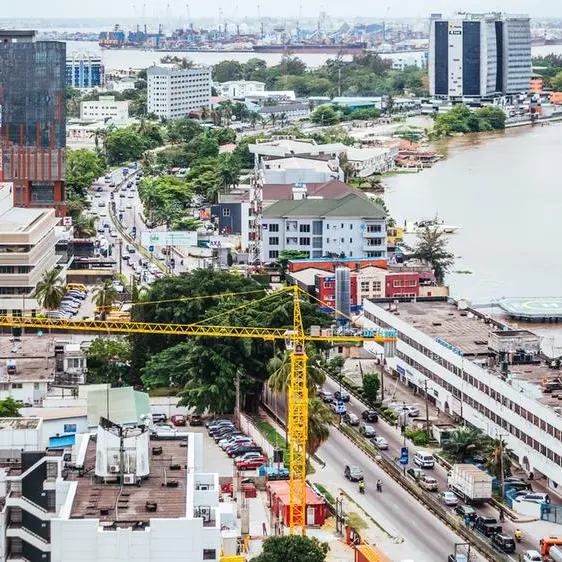PHOTO
The UAE banking sector’s asset growth is expected to be sluggish in 2023 as the demand for credit may slow down due to further monetary tightening, professional services firm Alvarez & Marsal (A&M) said in a new report.
Oil-sector may face production cuts as agreed upon by OPEC, but the non-oil sector is likely to grow primarily by tourism, hospitality and manufacturing sectors but slower than last year, it added.
On the other hand, the 2022 results for most of the banks pointed towards increasing profitability and higher return ratios.
The UAE's 10 largest listed banks reported an aggregate net income of AED 49.8 billion ($13.56 billion), rising 31.7 percent year-on-year (YoY), professional services firm Alvarez & Marsal (A&M) said in a new report.
The higher profits were driven primarily by 26.7 percent YoY growth in net interest income (NII).
Loans and advances increased by 5.7 percent YoY, while deposits accelerated by 11.3 percent YoY in 2022.
Aggregate net interest margins (NIMs) expanded by 37 basis points from 2021 to 2.4 percent. This was due to a higher yield on credit on the back of rising benchmark rates as the Central Bank of the UAE increased the policy rates by 4.25 percent in 2022 to 4.4 percent, in line with the US Federal Reserve interest rates, resulting in higher net interest income for all banks.
Although significant increases in interest rates contributed to higher profitability, the “inevitable cycle of reduced loan demand was evident in Q4 2022”.
“This will likely lead to pressure on asset quality in 2023,” the report noted.
(Editing by Seban Scaria seban.scaria@lseg.com)





















